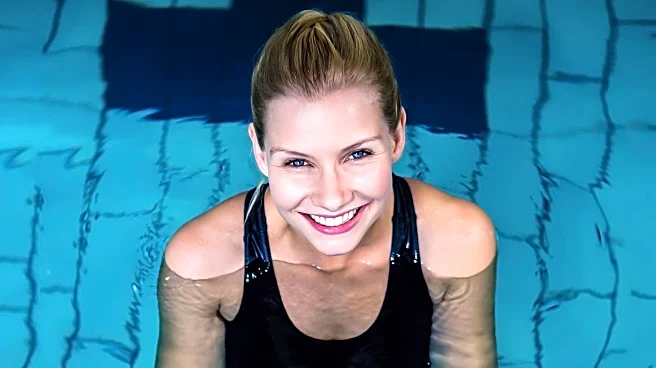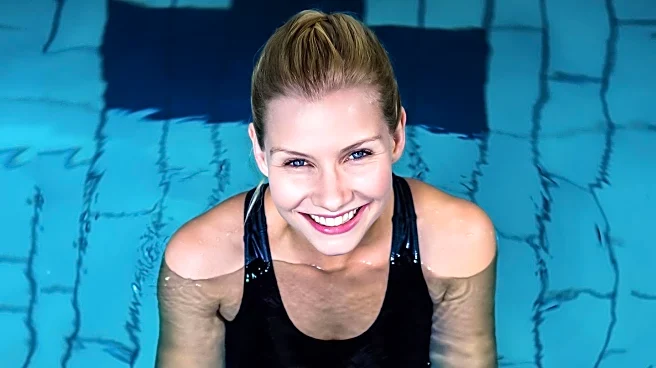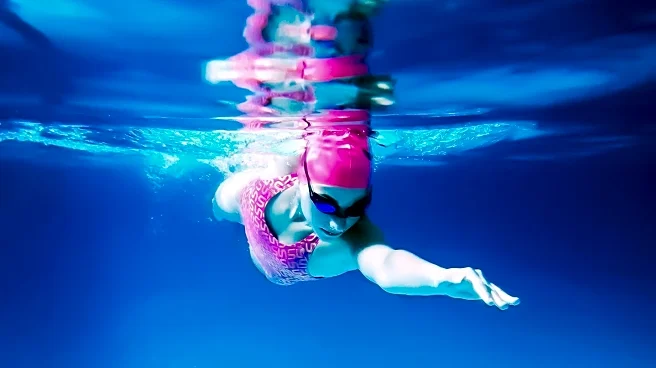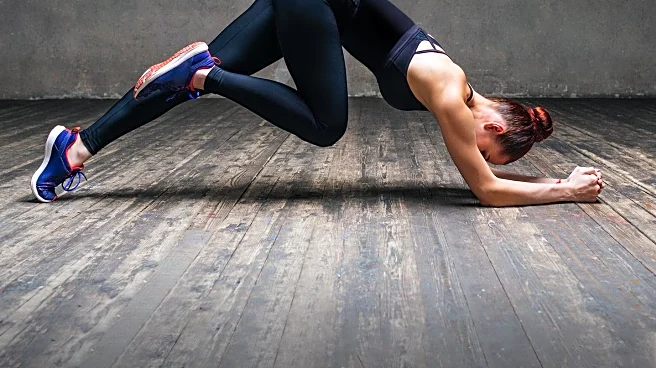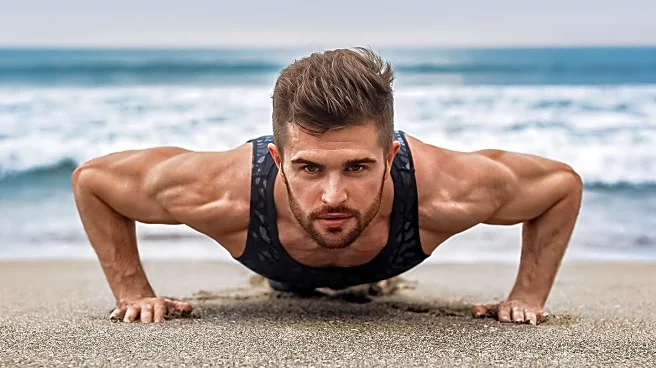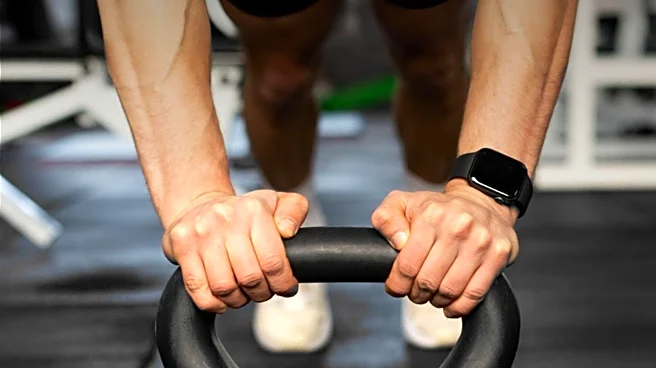What's Happening?
Swimming is being promoted as an effective cardiovascular workout that can aid in weight loss, according to swim coaches Kristen Hislop and Dan Daly. The exercise engages the full body, particularly the core,
and works against water resistance, which can enhance endurance and oxygen utilization. For individuals weighing 155 pounds, 30 minutes of vigorous lap swimming can burn approximately 360 calories. Coaches recommend starting with shorter, more frequent sessions to build strength and gradually increasing duration and intensity. Different swim strokes, such as freestyle, backstroke, breaststroke, and butterfly, offer varied benefits and can be incorporated into a routine to target different muscle groups.
Why It's Important?
Swimming offers a low-impact alternative to traditional cardio exercises like running, making it accessible to a broader range of individuals, including those with joint concerns. Its ability to burn calories effectively positions it as a viable option for weight loss, provided it is combined with a healthy diet. The exercise's full-body engagement and resistance training aspects can improve overall fitness and muscle tone. As a versatile workout, swimming can cater to different fitness levels and goals, potentially attracting more people to adopt it as part of their fitness regimen.
What's Next?
Individuals interested in incorporating swimming into their fitness routine are advised to consult with a doctor or nutritionist to determine a safe calorie deficit for weight loss. Beginners should focus on building endurance and technique before increasing workout intensity. Coaches suggest using tools like online calorie counters to track progress and adjust workouts accordingly. As more people explore swimming for fitness, there may be increased demand for swim coaching and facilities, potentially influencing the fitness industry to expand offerings related to aquatic exercise.
Beyond the Headlines
Swimming's low-impact nature makes it a sustainable exercise option for long-term fitness, potentially reducing the risk of injuries associated with high-impact activities. Its emphasis on breathing techniques and resistance training can also contribute to improved respiratory health and muscle strength. As awareness of its benefits grows, swimming could see a resurgence in popularity, influencing cultural perceptions of fitness and encouraging more inclusive and diverse participation in aquatic sports.
